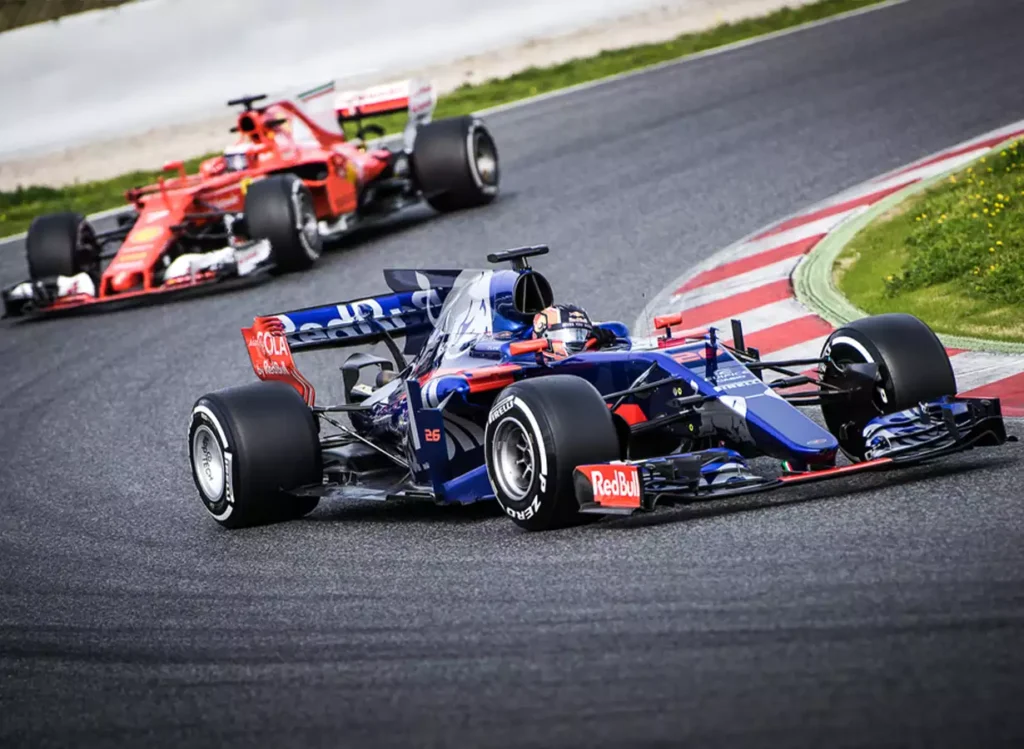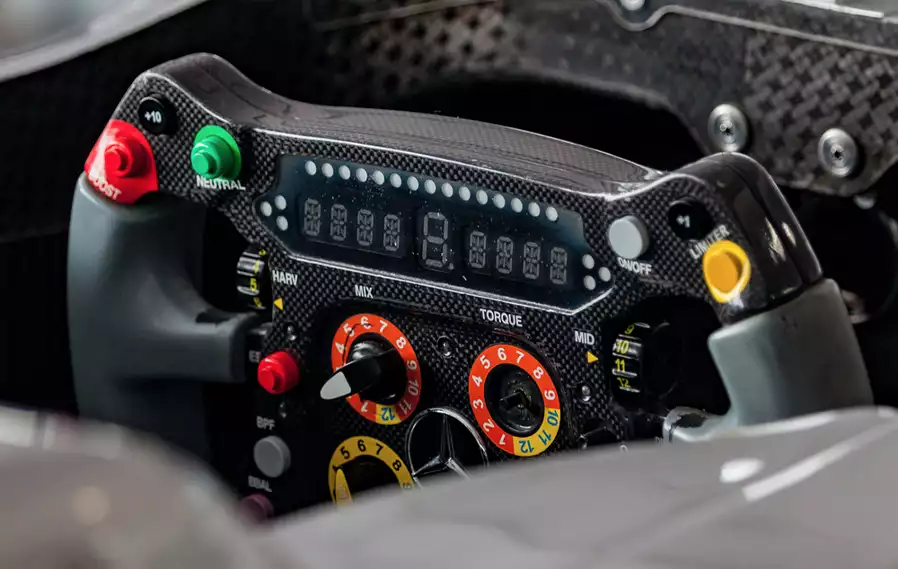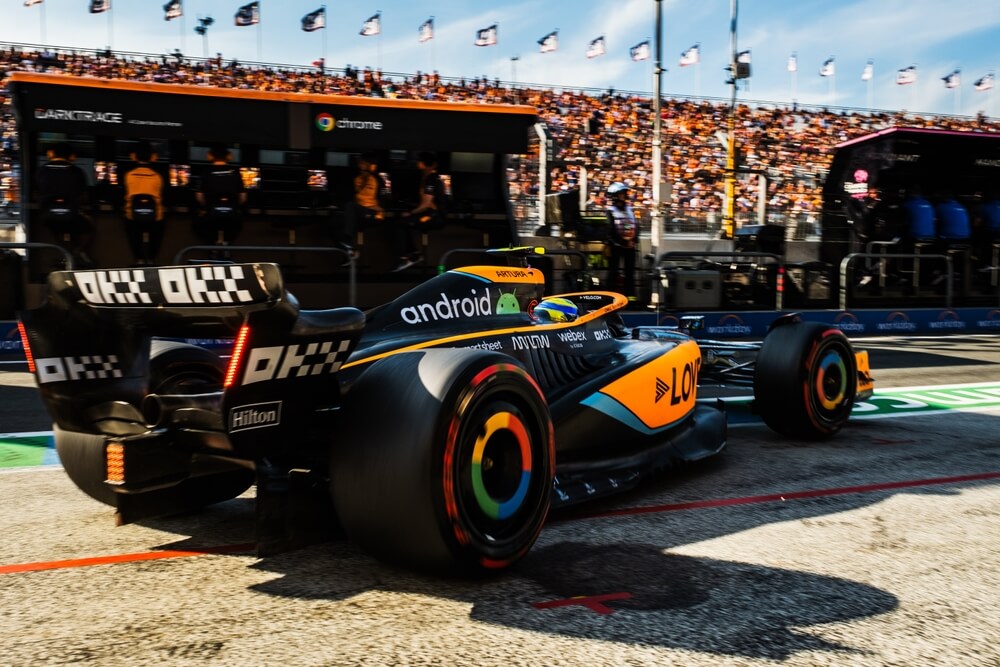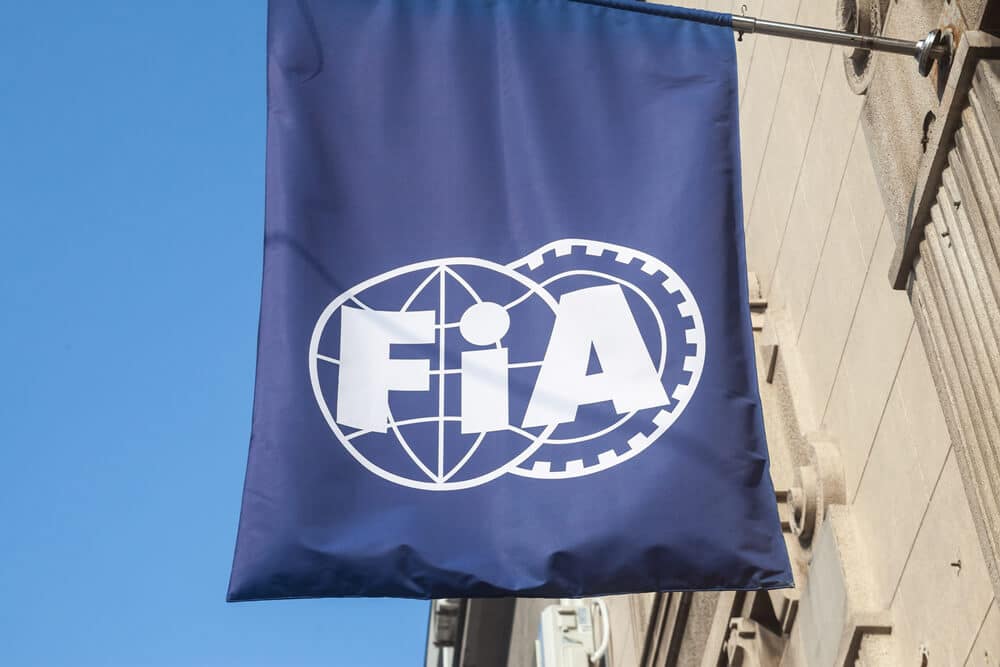The duration of a Formula 1 race varies in time but usually lasts for around 2 hours including breaks for various events like crashes.
The total length of the race must be at least 305 km, which means that the different F1 tracks consist of different number of laps when racing.
In this article we go in depth into how long F1 races are and what differentiates the different tracks. Continue reading to learn more.
How long is a Formula 1 race?
An F1 race normally lasts about 2 hours. There is a time limit of a maximum of 2 hours of active racing before the race is interrupted. In the event of crashes and similar events, the time is not included. However, a Formula One race may last a maximum of 3 hours including breaks.
Before the start of the actual race, the drivers compete in what is known as the qualifying sessions. A total of 3 sessions, Q1, Q2, and Q3, with a time limit of no more than 20 minutes, are organized in which each driver pushes to set the fastest lap time.
Lap time refers to the time taken to complete one lap on the circuit. The one with the fastest lap tim
Table of Contents
F1 tracks distance, length and laps
| Race | Circuit | Circuit length | Race distance | Laps |
|---|---|---|---|---|
| Monaco Grand Prix | Circuit de Monaco | 3.337km | 260.286km | 78 |
| Dutch Grand Prix | Circuit Zandvoort | 4.259km | 306.648km | 72 |
| Austrian Grand Prix | Red Bull Ring | 4.318km | 306.452km | 71 |
| Mexican Grand Prix | Autodromo Hermanos Rodrígues | 4.304km | 305.354km | 71 |
| Brazilian Grand Prix | Autodromo Jose Carlos Pace | 4.309km | 305.879km | 71 |
| Canadian Grand Prix | Circuit Gilles-Villeneuve | 4.361km | 305.270km | 70 |
| Hungarian Grand Prix | Hungaroring | 4.381km | 306.630km | 70 |
| Spanish Grand Prix | Circuit de Barcelona-Catalunya | 4.655km | 307.104km | 66 |
| Singapore Grand Prix | Marina Bay Street Circuit | 5.063km | 308.706km | 61 |
| Australian Grand Prix | Melbourne Grand Prix Circuit – Albert Park | 5.303km | 307.574km | 58 |
| Bahrain Grand Prix | Bahrain International Circuit | 5.412km | 308.238km | 57 |
| Miami Grand Prix | Miami International Autodrome | 5.410km | 308.37km | 57 |
| Chinese Grand Prix | Shanghai International Circuit | 5.451km | 305.066km | 56 |
| United States Grand Prix | Circuit of the Americas | 5.513km | 308.405km | 56 |
| Abu Dhabi Grand Prix | YAS Marina Circuit | 5.554km | 305.355km | 55 |
| French Grand Prix | Circuit Paul Ricard | 5.842km | 309.690km | 53 |
| Italian Grand Prix | Autodromo Nazionale Monza | 5.793km | 306.720km | 53 |
| Las Vegas Grand Prix | Las Vegas Street Circuit | 6.120km | 305.880km | 50 |
| Japanese Grand Prix | Suzuka International Racing Course | 5.807km | 307.471km | 53 |
| British Grand Prix | Silverstone Circuit | 5.891km | 306.198km | 52 |
| Azerbaijan Grand Prix | Baku City Circuit | 6.003km | 306.049km | 51 |
| Saudi Arabia Grand Prix | Jeddah Corniche Circuit | 6.175km | 308.750km | 50 |
| Belgian Grand Prix | Circuit de Spa-Francorchamps | 7.004km | 308.052km | 44 |
F1 races lasts 2 hours
In formula one, a typical race usually runs for anywhere between 1.5 to 2 hours, but the time limit is not much of a weighing factor as the distance covered. The number of laps is also not constant for every race as they depend on the circuits’ length.
The governing body, FIA, states in the f1 sports regulations that each race must see a completion of the least number of laps that surpass a distance of 305km. Although every track is not the same length, the lap numbers are adjusted so that the overall distance covered during a race remains considerably similar.
A distance of 190 miles is easily manageable for F1 cars to cover in 2 hours. However, the total race time may exceed 2 hours in some extreme situations. Usually, when a red flag is issued, often after a crash, the race is suspended and continues after a while only if the race director considers it safe to do so.
Although every track is not the same length, the lap numbers are adjusted so that the overall distance covered during a race remains considerably similar.
In the 2020 Bahrain Grand Prix, the Haas driver, Romain Grosjean, suffered a horrible accident and was trapped in the fire for 27 seconds. The race was red flagged within 5.5 seconds, which lasted 1 hour before the race resumed.
The race may also stand suspended if it downpours heavily during the course. However, the race event must end before the 3-hour mark, and the total race time must not exceed 2 hours.
Three hours is the new reduced time window, the old one being four hours, for an f1 race decided by the FIA.
Race distance
The race distance typically refers to the minimum distance each driver is bound to cover in a Formula One race, which measures about 190 miles (305 km). Previously, the minimum race distance was 300km + 1 lap.
But, this led to more varied race distances being covered in each race as the tracks differed in length. So to achieve an increasingly unanimous race distance in every Grand Prix, a limit of 190 miles was finalized.
The race distance typically refers to the minimum distance each driver is bound to cover in a Formula One race, which measures about 190 miles (305 km).
There are, however, some exceptions to the 190 miles race distance rule. The best example is the Monaco Grand Prix, where the minimum race distance limit is only 260km.
Circuit de Monaco is a street circuit which generally means the track is narrow and the cars have a lower average speed. So to maintain a race time of 2 hours, the race distance is set to 260km.
Circuit and laps
The number of laps in a Formula 1 race depends on the race track or, more precisely, the circuit’s length. The longer the race circuit, the less number of laps there are.
The allocation of the number of laps is not a random one. In fact, the set laps for an F1 race must completely satisfy the average minimum race distance limit of 190 miles.
Circuit de Spa-Francorchamps, the longest f1 circuit, takes the crown for the least number of laps, 44, with a total race distance of 308km.
On the other side, the shortest track is Circuit de Monaco who hosts a race with a whopping total of 78 laps. All the other circuits are between 44 and 78 laps.

Photo showing Formula One cars on a new lap.
Rules about the duration of a Grand Prix
Here are the most important rules you need to know about the duration and length of a Formula One Grand Prix.
The Minimum Race Distance Of 305km (189.518 Miles)
Each race must be designed in a way to cover a distance of at least 305km (189.5 miles). This distance might go over in some cases, but it certainly cannot be less than the prescribed limit.
The Monaco Grand Prix is an exception to the rule as that particular circuit has a set minimum distance of 260km.
2 hour limit
F1 races have a race time limit of 2 hours, which means that a race must conclude within the set timeframe. A typical f1 race ends before even reaching the 2-hour mark.
But if there are multiple safety car call-outs or a red flag is issued, then much race time is wasted in suspension.
F1 races have a race time limit of 2 hours, which means that a race must conclude within the set timeframe.
There are many reasons as to why the 2-hour limit exists. To put it simply, it has everything to do with drivers’ safety as they get fatigued after driving for long hours.
Moreover, the car refueling policy has also been abolished, which means it can only run for a certain amount of time with limited fuel storage.
3 hour time window
When an f1 race s suspended for any cause, it costs a significant loss of race time. The 3-hour time window exists to accommodate that loss of race time.
For example, if the race is resumed after the issuance of a red flag, it will not affect the race time as long as it does not cross the 3-hour maximum mark.
How many laps in an F1 race?
The number of laps in an F1 race significantly depends on the length of the race circuit. Generally, smaller circuits have a higher number of laps. As the different race tracks vary in distance, so does their number of laps. See our table in this article.
Conclusion
Motorsport races are fun, even more so when they are Formula One. In a short time of 2 hours, you can witness breakneck speeds, excellent strategies, and some brilliant driving skills.
The time limit of 2 hours, for which a usual F1 race lasts, was not decided on a whim. Many factors weigh into this decision, the most prior being the driver’s safety. Moreover, the time limit can be extended in light of any unpredictable situation.
As far as the race distance is concerned, 305 km was a suitable compromise. It seems to be working just right for everyone.
Article sources
Learn more about Formula One
Want to learn more about F1? Then visit our Formula 1 glossary and dictionary.




